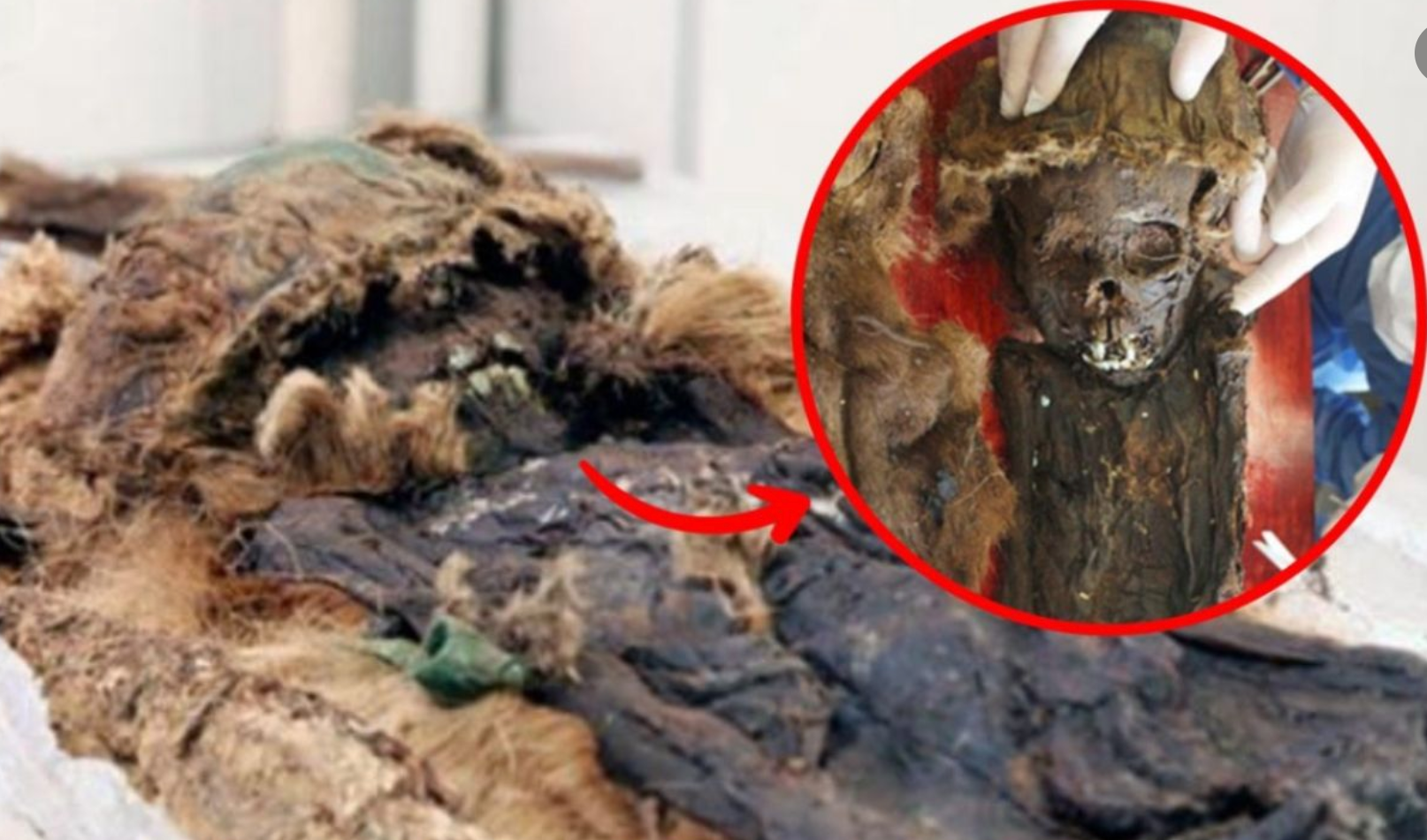Mysteries Unraveled: Linking Persian Civilization to Enigmatic Mummies Discovered in Russia
- mystery
- June 13, 2024

In a breathtaking archaeological revelation, a collection of mummies discovered in Russia has been linked to the ancient Persian civilization, unraveling mysteries that have long puzzled historians and archaeologists. These enigmatic mummies, found in the remote Altai Mountains, offer compelling evidence of cultural and historical connections that span vast distances and epochs.
The mummies, remarkably well-preserved due to the frigid Siberian climate, were initially discovered by a team of Russian archaeologists exploring ancient burial mounds. Their distinctive burial attire and intricate tattoos hinted at a civilization rich in cultural heritage and complexity. However, it was the discovery of artifacts bearing unmistakable Persian influences that truly astonished researchers.

Dr. Elena Ivanova, the lead archaeologist on the project, described the moment they realized the significance of their find. “Among the burial goods were items that bore striking similarities to Persian craftsmanship,” she explained. “Ornate jewelry, elaborately decorated pottery, and even fragments of textiles matched those found in ancient Persia.”
To confirm the connection, a multidisciplinary team of experts, including historians, linguists, and geneticists, was assembled. Their investigations revealed a web of trade routes and cultural exchanges that linked the Persian Empire to the far reaches of what is now modern-day Russia. The findings suggest that these mummies belonged to a group of people who were part of this extensive network, bringing Persian goods, traditions, and possibly even individuals, to the region.
One of the most intriguing aspects of the discovery is the insight it provides into the spread of Persian influence. During the height of the Achaemenid Empire, Persia’s reach extended far and wide, fostering trade and cultural exchanges across continents. The artifacts found with the mummies indicate that Persian merchants, artisans, and possibly even settlers traveled extensively, bringing their culture to distant lands.

The mummies themselves are a testament to the blending of cultures. Their attire combines local styles with Persian elements, reflecting a synthesis of traditions. This fusion is also evident in their burial practices, which incorporate both local customs and Persian rituals, suggesting a deep integration of Persian influence into their society.
Genetic analysis has further deepened the mystery. DNA extracted from the mummies has revealed genetic markers consistent with populations from the Persian heartland, providing compelling evidence of migration or intermarriage. This discovery challenges previously held notions about the mobility and interactions of ancient peoples, highlighting the complex web of connections that shaped their world.
The implications of linking these mummies to the Persian civilization are profound. It not only expands our understanding of the reach and influence of the Persian Empire but also sheds light on the lives of those who lived on its periphery. These individuals were not mere passive recipients of Persian culture; they actively participated in its diffusion, adapting and transforming it to fit their own context.
As researchers continue to unravel the mysteries surrounding these enigmatic mummies, the story of a vibrant, interconnected ancient world emerges. The blending of Persian and local cultures in the Altai Mountains underscores the dynamic nature of historical interactions, where trade, migration, and cultural exchange shaped civilizations in ways we are only beginning to understand.
The discovery of these Persian-linked mummies in Russia is a powerful reminder of the rich tapestry of human history, woven together by the threads of diverse cultures and distant connections. It challenges us to rethink our understanding of the past and inspires us to continue exploring the depths of our shared heritage.










